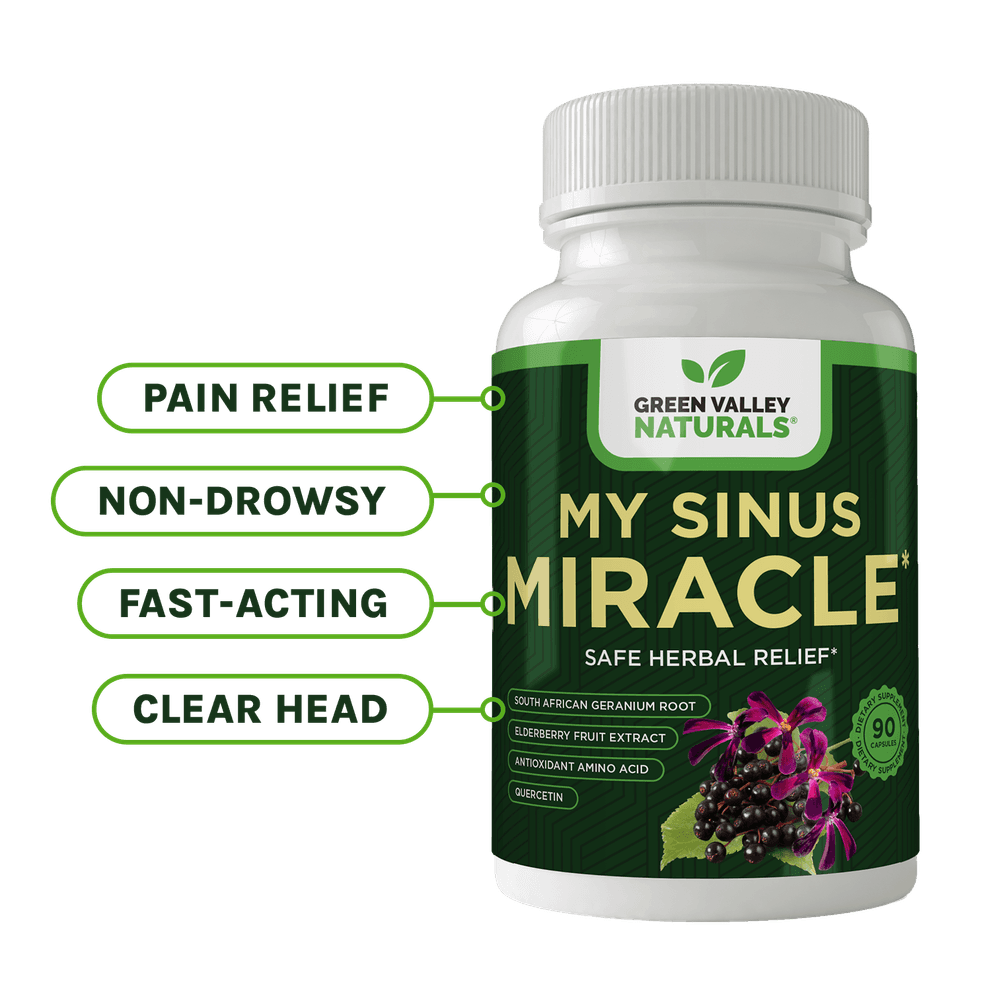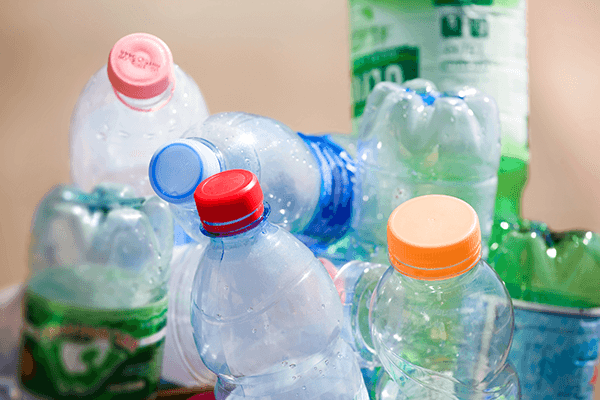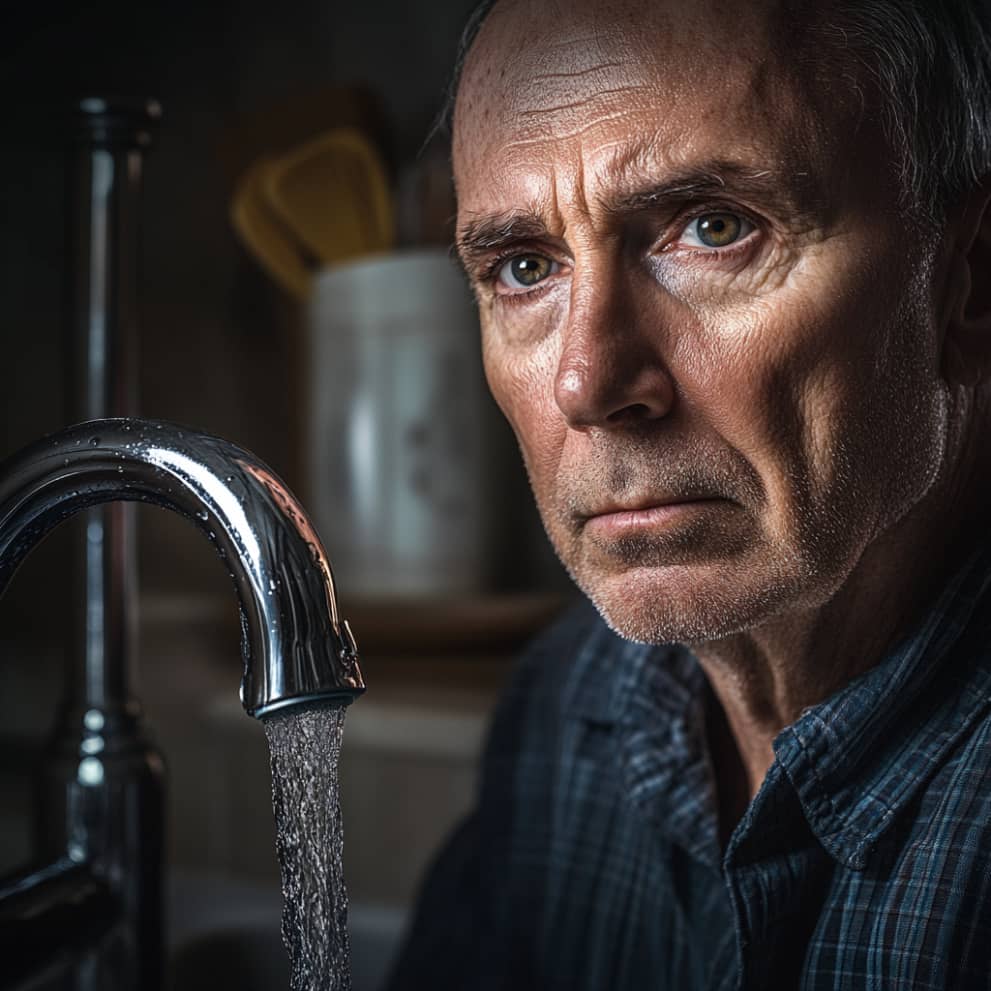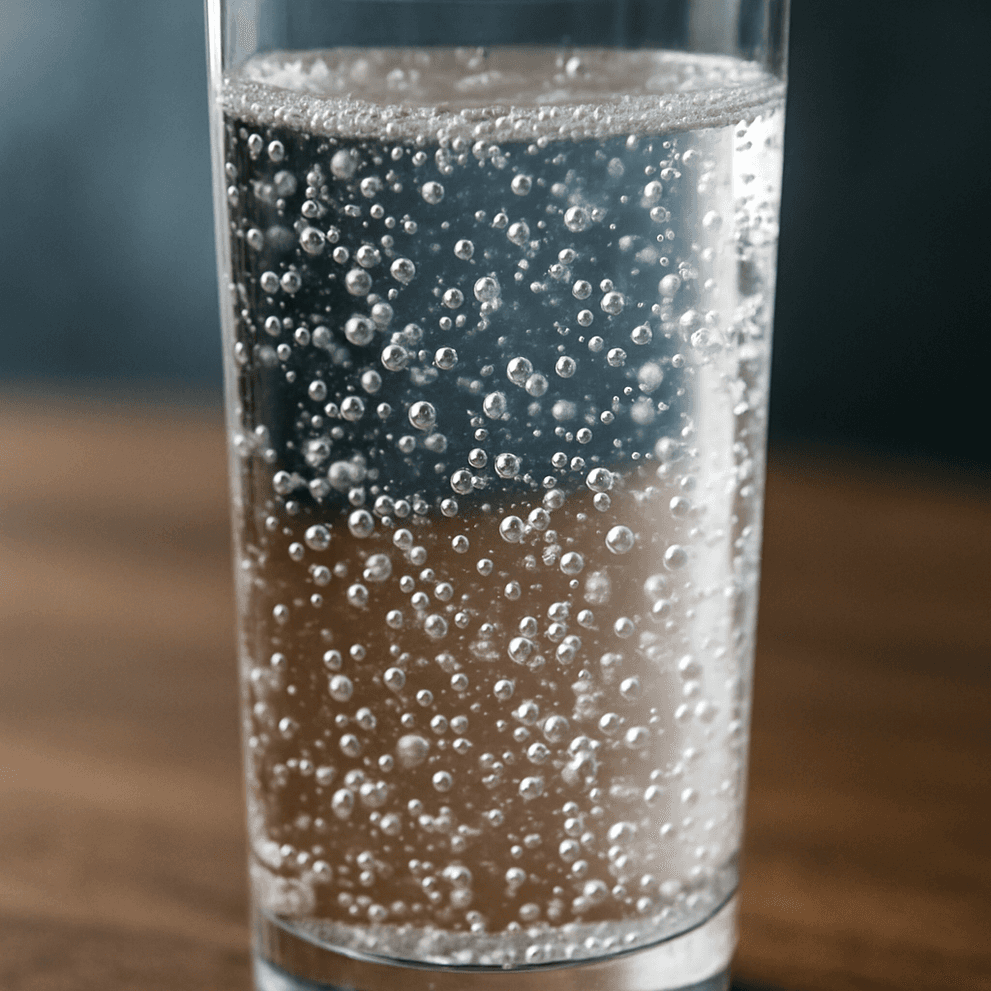
Key Takeaways
Pharmaceutical contamination is widespread: Traces of dozens of prescription drugs have been detected in municipal water systems across the U.S.
Wastewater treatment can’t remove them: Most plants aren’t designed to filter out tiny drug molecules that survive the purification process.
Certified filtration is key: Reverse osmosis and carbon block filters with NSF/ANSI 401 certification are proven to reduce pharmaceutical residues.
Widespread Contamination
At the beginning of the millennium the US Geological Survey drew water samples from 139 streams in 30 states. In eight out of ten samples they found traces of one or more drugs. These included “antibiotics, antidepressants, blood thinners, heart medications (ACE inhibitors, calcium-channel blockers, digoxin), hormones (estrogen, progesterone, testosterone), and painkillers.” In 2008 the Associated Press carried out their own five-month investigation. They looked at 24 major cities supplying 41 million Americans with tap water. The AP found traces of antibiotics, heart medications, anticonvulsants, mood stabilizers, birth control pills, sex hormones and more. The city that came out worst was Philadelphia, where 64 drugs or their byproducts were present in people’s drinking water. There were twelve in Oklahoma’s water, 16 in New York City’s, twelve in San Diego’s and ten in Atlanta’s. And if you think your countertop or under-the-sink water filter removes them, keep reading. . .Every Sample Contained a Blood Pressure Drug
The Environmental Protection Agency conducted its own study, published in 2014. It measured 56 drugs from 50 large wastewater treatment plants across the United States. They found the hypertension drug hydrochlorothiazide in every specimen. Beta blockers, metoprolol and atenolol, and the epilepsy drug carbamazepine were found in more than nine out of ten samples. Over half tested positive for at least 25 drugs. Biologist Mitchell Kostich, who led the study, said, “We were surprised to find that many drugs occurring across all the wastewater plants. We were also surprised to see so many drugs of a particular class – the high blood pressure medications.” In the most recent study — published in May, 2016 — 59 small streams stretching from Maryland to Georgia were analyzed for 108 pharmaceuticals. An average of six drugs were detected at each site, with one river containing 45. The worst offending drug was metformin, the most common drug prescribed for diabetes. This appeared at almost every site. The reason for all this contamination is the sheer amount of drugs in the environment, modern manufacturing systems which make drugs more stable and long lasting, and the huge amount that’s wasted. Because drugs are not all absorbed and utilized by the body, a substantial amount passes through the kidneys, into the toilet bowl, and then into the wastewater treatment system. To make matters worse, some people also flush pills that are unwanted or past their use-by date. The filters and other purification measures in sewer systems and water treatment plants are not fine enough to catch tiny particles of drugs. Those that enter the system by way of urine are probably only a molecule or a few molecules in size. They survive water treatment and find their way back into rivers and reservoirs. The next city downstream drinks that water. Livestock drugs and hormones from agricultural runoffs are another big source. As most of us know, factory farms feed cattle, chicken and pigs huge, stupefying amounts of these pharmaceuticals. Those often find their way into our water. It seems like drugs in water are practically immortal. . .Private Wells are No Protection
Even if you are one of the 44 million Americans who drink water from private wells, you are not protected. Landfills, residential development, farming and backyard septic systems can all lead to contamination. Of 20 wells tested in Cape Cod, two out of three found traces of pharmaceuticals. Cape Cod is a densely populated area so this does not surprise me. Wells (like mine) in more remote, rural locations probably have less contamination. I’m on a mountaintop, not drinking someone else’s runoff. Most wells are not so happily situated. While the regulatory bodies assure us that the quantity of drugs found in drinking water is too small to be a problem, not all agree. According to one of the world’s leading experts in this field, Klaus Kuemmerer, professor of sustainable chemistry at Germany’s University of Lüneberg, “We don’t know what it means if you have a lifelong uptake of drugs at very low concentrations.” His concern was echoed by Nick Schroech, executive director of the Great Lakes Environmental Center. “The scary thing for me is not one particular drug…it’s potentially hundreds or thousands of compounds interacting with each other and how that affects aquatic life and human health.”What Can I Do to Avoid Drinking Drugs?
Most home filters can’t remove pharmaceuticals, unless they're point-of-use filtration that’s certified to remove “emerging contaminants.” Here are some options to consider:- Under-sink reverse osmosis (RO) + carbon, with NSF/ANSI 58 (RO) and NSF/ANSI 401 (or 53 + 401) certifications. RO membranes and carbon stages remove a wide range of pharmaceuticals; “401” is the specific standard for emerging contaminants like many drugs.
- Carbon block filters (under-sink or pitcher) explicitly certified to NSF/ANSI 401. If you don’t want RO, choose a carbon filter that lists NSF/ANSI 401 on its spec sheet/label; many pitcher and under-sink models have this.
- Distillation with a carbon post-filter. Effective for many dissolved contaminants, but slower and energy-intensive; use a carbon “polish” to catch any volatile leftovers.
What to skip (for this specific issue)
- Boiling — great for germs, not for pharmaceuticals (it can even concentrate some solutes).
- Relying on bottled water — it’s regulated by FDA (not EPA) and isn’t required to be safer than tap; much of it is just treated municipal water. If you do buy it, look for brands that publish treatment (e.g., RO/distillation) and test results.
Summary
Prescription drugs are turning up in drinking water across the U.S., from major cities to private wells. Studies by the U.S. Geological Survey, EPA, and Associated Press have detected dozens of pharmaceuticals—including blood pressure medications, hormones, and antibiotics—in streams and tap water. Because wastewater treatment plants can’t filter molecules this small, drug residues persist and circulate through rivers and reservoirs. The result is a “chemical cocktail” that most home filters can’t remove. The safest way to avoid ingesting these trace drugs is to use a reverse osmosis (RO)or carbon filtration system certified to NSF/ANSI 401, the only standard proven to remove pharmaceuticals and other “emerging contaminants.”
Frequently Asked Questions
How do prescription drugs get into the water supply?
Unused or excreted medications enter wastewater systems and survive filtration, eventually ending up in rivers and reservoirs that feed municipal supplies.Are the levels of drugs in tap water dangerous?
While concentrations are very low, experts warn that chronic exposure to multiple compounds over time is poorly understood and could pose risks to health and aquatic life.Can boiling water remove pharmaceuticals?
No—boiling actually concentrates drug residues instead of eliminating them.Do bottled water brands test for pharmaceuticals?
Not necessarily. Many bottled waters come from treated municipal sources and are not required to test for or disclose pharmaceutical residues.What’s the best filter for removing pharmaceuticals?
Reverse osmosis systems and carbon block filters certified to NSF/ANSI Standard 401 are the most effective options available for removing emerging contaminants.- https://www.sciencedaily.com/releases/2013/06/130619132352.htm
- http://www.health.harvard.edu/newsletter_article/drugs-in-the-water
- http://www.nbcnews.com/video/nightly-news/23562585#23562585
- https://www.ncbi.nlm.nih.gov/pubmed/24095705
- http://pubs.acs.org/doi/abs/10.1021/acs.estlett.6b00170
- https://www.sciencedaily.com/releases/2016/01/160128080919.htm




